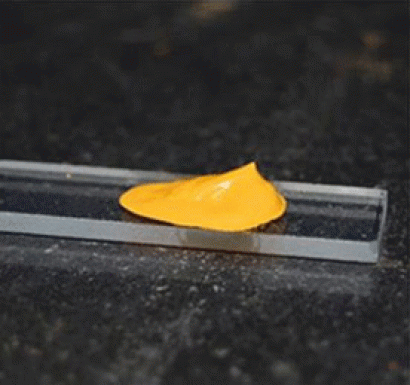
Imagine if the next coat of paint you apply the outside of your home generated electricity that could be used to power the appliances and equipment on the inside. Well this may sound like science fiction, but a research team from the University of Notre Dame in South Bend (US) is bringing this technology closer to reality.
“We want to do something transformative, to move beyond current silicon-based solar technology,” explains Prashant Kamat, John A. Zahm Professor of Science in Chemistry and Biochemistry and an investigator in Notre Dame’s Center for Nano Science and Technology (NDnano), who is leading the research.
“By incorporating power-producing nanoparticles, called quantum dots, into a spreadable compound, we’ve made a one-coat solar paint that can be applied to any conductive surface without special equipment.”
The team’s search for the new material, described in the journal ACS Nano, centred on nano-sized particles of titanium dioxide, which were coated with either cadmium sulphide or cadmium selenide. The particles were then suspended in a water-alcohol mixture to create a paste.
When the paste was brushed onto a transparent conducting material and exposed to light, it created electricity.
“The best light-to-energy conversion efficiency we’ve reached so far is 1 percent, which is well behind the usual 10 to 15 percent efficiency of commercial silicon solar cells,” explains Kamat.
“But this paint can be made cheaply and in large quantities. If we can improve the efficiency somewhat, we may be able to make a real difference in meeting energy needs in the future.”
“That’s why we’ve christened the new paint, Sun-Believable,” he adds. Kamat and his team also plan to study ways to improve the stability of the new material.
NDnano is one of the leading nanotechnology centres in the world. Its mission is to study and manipulate the properties of materials and devices, as well as their interfaces with living systems, at the nano-scale. This research was funded by the US Department of Energy’s Office of Basic Energy Sciences.
For additional information:

